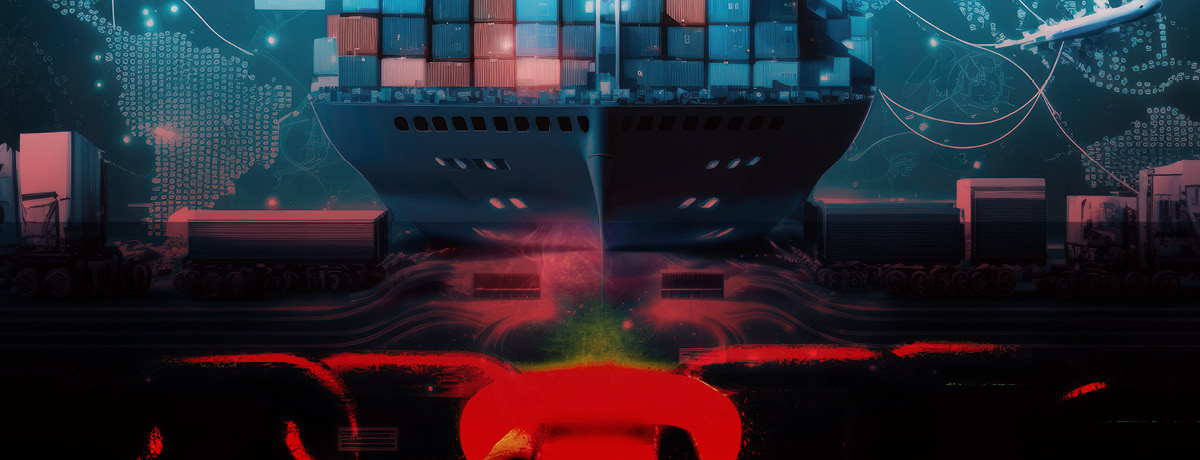Natural disasters, whether earthquakes, tornados, hurricanes or wildfires, can disrupt world economies, leave entire communities in ruins and truly test the resilience of business entities worldwide. While the United States has maintained a storied track record of responding to and recovering from such events quickly, there are plenty of lessons to be learned from the experiences of other countries, primarily when referring to corporate response, relief and overall supply chain management.
In the everchanging and wholly interconnected global economy of these modern times, where supply chain networks can easily stretch across entire continents with the help of technology, working to better understand and adapt using the strategies of other nations throughout history can prove invaluable in alleviating, or even avoiding, the impacts and potential risks posed by natural disasters.
Natural Disasters and Supply Chain Management
In recent years, as natural disasters' overall frequency and environmental intensity continue to increase, global supply chains must constantly traverse newly exposed vulnerabilities, prompting corporations and smaller entities to rework their business strategies to respond adequately. For example, in 2011, Japan and other surrounding nations were heavily impacted by the Tohoku earthquake, which later gave way to tsunamis. Located in a highly active seismic region of the world, Japan had to develop a well-tailored and extremely robust natural disaster response plan that meshed appropriately with its ongoing corporate supply chain system.
Following the devastating events of Tohoku, companies with all corporate operations based in Japan, namely Honda, Toyota, Nissan and Fuji Heavy Industries, had to thoroughly reassess their previous methods for materials sourcing, product manufacturing and global distribution. In this specific case, the main takeaway is that, at its core, a resilient supply chain requires overall repetition, a diversification of domestic and international suppliers and a concise contingency plan in the event of an impending natural disaster.
Resilience and Diversification
One massively vital lesson to be learned from Japan's experience in 2011 is the importance of redundancy when managing a multifaceted supply chain system. Since then, most, if not all, Japanese corporations have realized that relying too heavily or exclusively on a singular supplier can be a risky business strategy, especially in the wake of a natural disaster that can disrupt production and distribution processes. For instance, Toyota, the globally recognizable and multinational vehicle manufacturer, stands out as the most prominent example of an entity that learned this specific lesson after the Tohoku disaster. Since then, Toyota has recovered by working to further diversify its batch of available suppliers, building a network of redundancies into its supply chain in order to ensure continuity and stable operations if one supplier is affected.
Working to better understand and adapt using the strategies of other nations throughout history can prove invaluable in alleviating, or even avoiding, the impacts and potential risks posed by natural disasters."
Blazing Borders
Beginning in March 2023 and growing increasingly more intense by June, a record-setting series of wildfires impacted all 13 provinces and territories of Canada. Although the lasting effects on Canadian communities and ecosystems remain evident, a lesser-known ripple effect has been expanding in the U.S.
With the deterioration of overall air quality and lush landscapes rich with resources, as well as the destruction of vital infrastructures, such as major highways, railroads and corporate points of operation, not only has supply chain management faced problems in the U.S., but worker's compensation claims have increased due to prolonged exposure to hazardous working conditions and poor air quality. The primary cause of this stems directly from the wildfires, which have released an array of toxins via the combustion of trees, indigenous vegetation and various structures housing many businesses. Recent studies prove that these airborne pollutants have infiltrated workplaces, endangering the health of employees and exacerbating pre-existing conditions.
As previously stated, apart from growing health concerns for U.S. and Canadian workers, the wildfires have also caused a series of issues for Canada's varied supply chain. These wildfires have made transporting materials from supplier to supplier challenging because of the disruption to many of Canada's roads and railways, dealing a heavy blow to the trucking industry. From highways to primary truck routes now permanently closed, delays in delivery and overall product shortages have left the country's supply chain management system and economy in shambles. Additionally, with buildings, warehouses and distribution centers severely damaged, corporate officers and entities alike have had to rely on proactive planning and shift communications to deal with this kink in the supply chain process effectively.
Timely Takeaways
What can U.S.-based corporations and business entities learn from these experiences, whose impacts have reverberated globally? No matter the natural disaster, one crucial takeaway is the necessity for building a highly adaptable and resilient supply chain system, which involves a multifaceted strategy and corporate approach that includes redundancy, diversification, flexibility, collaboration and utilization of advanced technologies. As the frequency and severity of these natural disasters are expected to escalate further, U.S. corporations must strengthen their operational strategies, drawing inspiration from Japan, Canada and many other nations worldwide who are well-versed in supply chain disaster response and management. Ultimately, the goal is to create and implement a supply chain system that can weather any storm while minimizing operational disruptions, maintaining reputations and protecting the well-being of both employees and communities.
Gregory Sirico is a journalist and content coordinator currently working at Best Lawyers. In 2020, he graduated from Ramapo College of New Jersey with a B.A. in Journalism and a minor in English Literature. During his time there, Sirico served as an editorial assistant at the Asbury Park Press, contributing several pieces to his local publication.




























